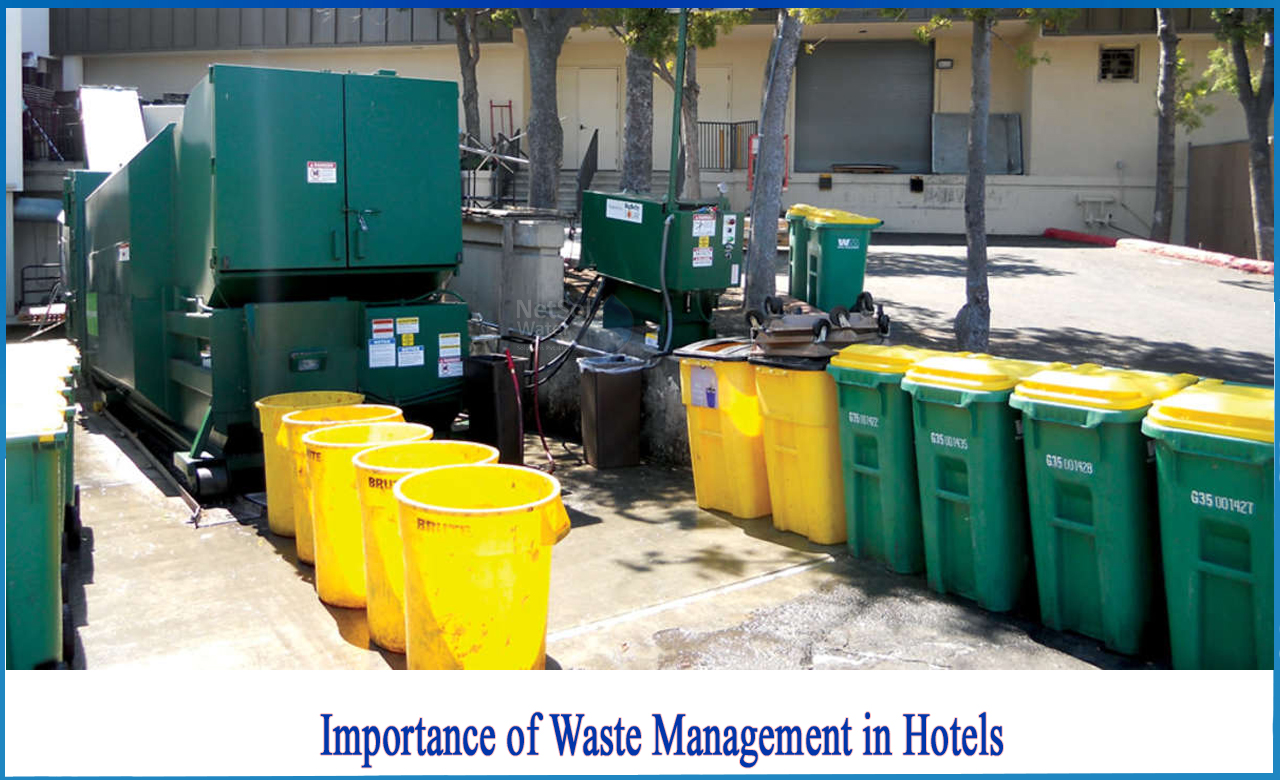Everything about Reclaim Waste
The Basic Principles Of Reclaim Waste
Table of ContentsThe Ultimate Guide To Reclaim Waste9 Easy Facts About Reclaim Waste DescribedSome Known Details About Reclaim Waste Not known Incorrect Statements About Reclaim Waste Unknown Facts About Reclaim Waste
Check out the kinds, occurrences, and forms of liquid waste. Domestic sewer waste refers to the waste and products from a household sewage-disposal tank. This kind of waste is created by human beings in homes, institutions, and other structures. This only consists of septic tanks that have a drainpipe area. The appropriate administration and disposal of residential sewer waste need liquid waste to be transferred to a sewer treatment plant where the appropriate techniques and devices are related to purify and get rid of waste.
Business waste typically includes potential hazards, such as combustible materials or a blend of fluid and solid waste products, and needs an advanced and thorough disposal procedure. The disposal of industrial waste generally entails the filtering of waste before transport to make certain risk-free and correct disposal. Industrial waste is produced from by-products and runoff of commercial processes and manufacturing.
This type of waste can not make use of the very same sewer administration transport or procedures as septic or business liquids. The hazardous waste monitoring process needs the inspection and screening of fluid waste prior to it goes through the disposal procedure (liquid waste disposal melbourne). Runoff waste is the liquid waste that originates from drainage and excess stormwater in highly populated locations or cities
Runoff waste can cause contamination and flooding if not taken care of correctly. Guaranteeing correct waste management can stop calamities and reduce ecological injury.
The Ultimate Guide To Reclaim Waste
Contact PROS Providers today to discover our waste management and disposal solutions and the correct ways to care for the fluid waste you produce.
(https://sitereport.netcraft.com/?url=https://reclaimwaste.com.au)Do you understand what takes place to your water when you pull the plug, flush the bathroom or drain the cleaning machine? No? Well, it's worth recognizing. This supposed 'wastewater' is not just a vital source but, after therapy, will be released to our land, waterways or the sea. Made use of water from commodes, showers, baths, kitchen sinks, laundries and commercial processes is understood as wastewater.

water made use of to cool down machinery or tidy plant and equipment). Stormwater, a kind of wastewater, is runoff that moves from agricultural and city areas such as roofs, parks, gardens, roads, courses and rain gutters into stormwater drains, after rain. Stormwater flows neglected directly to regional creeks or rivers, ultimately getting to the ocean.
The Only Guide for Reclaim Waste
In Queensland, most wastewater is treated at sewage therapy plants. Wastewater is transferred from domestic or industrial sites through a system of drains and pump terminals, referred to as sewerage reticulation, to a sewer therapy plant. City governments build, maintain and run most sewage treatment plants. Operators are certified under the Environmental Management Act 1994 to discharge treated wastewater at an appropriate environmental requirement right into waterways.
The Division of Natural Resources suggests local governments concerning handling, operating and keeping sewage systems and therapy plants. In unsewered areas, neighborhood federal governments might require householders to mount private or home sewage treatment systems to deal with residential wastewater from commodes, kitchens, washrooms and laundries. The Division of Natural Resources authorizes using family systems when they are confirmed to be reliable.
A lot of stormwater gets no therapy. In some new neighborhoods, treatment of some stormwater to get rid of clutter, sand and gravel has actually begun using gross pollutant catches. Wastewater therapy takes place in four stages: Eliminates solid matter. Larger solids, such as plastics and various other things wrongly discharged to drains, are eliminated when wastewater is passed through screens.
Makes use of tiny living organisms understands as micro-organisms to damage down and remove remaining liquified wastes and great bits. Micro-organisms and wastes are integrated in the sludge.
What Does Reclaim Waste Do?
Nutrient elimination is not offered at all sewer treatment plants since it requires expensive specialized tools. Clear liquid effluent produced after treatment might still include disease-causing micro-organisms - liquid waste disposal.

Most wastewater flows into the sewerage system. Under the Act, regional federal governments administer authorizations and permits for eco pertinent activities (Ages) entailing wastewater releases that may have a local effect.
Unknown Facts About Reclaim Waste
Tracking supplies accurate details concerning water top quality and can validate that permit problems are being fulfilled. The details acquired with tracking supplies the basis for making water quality decisions.